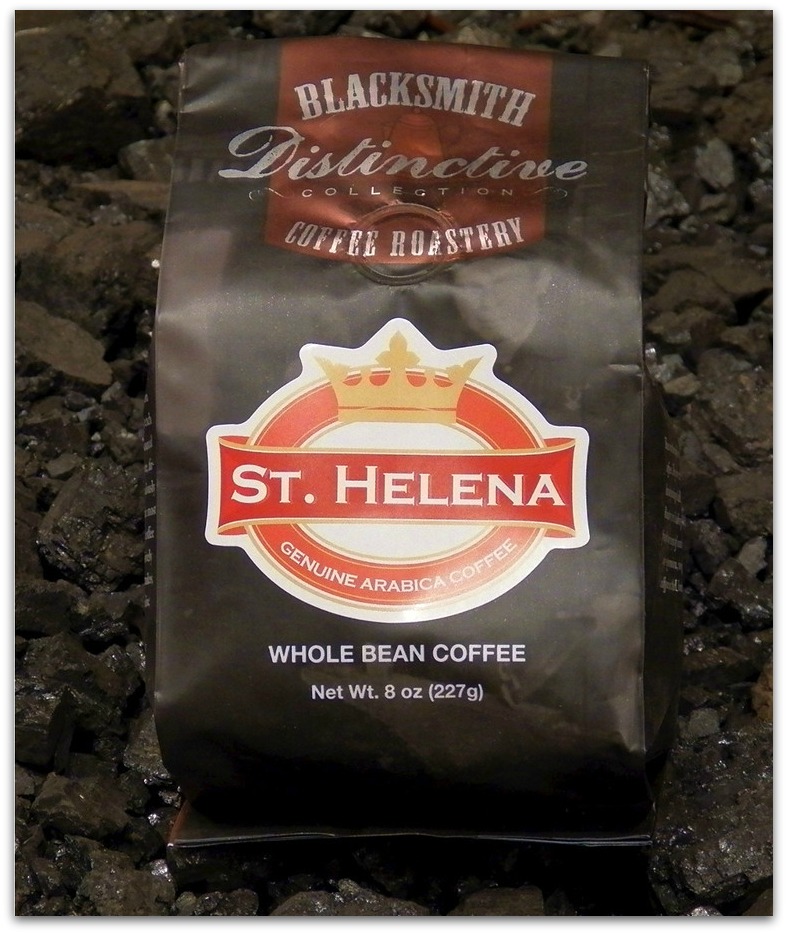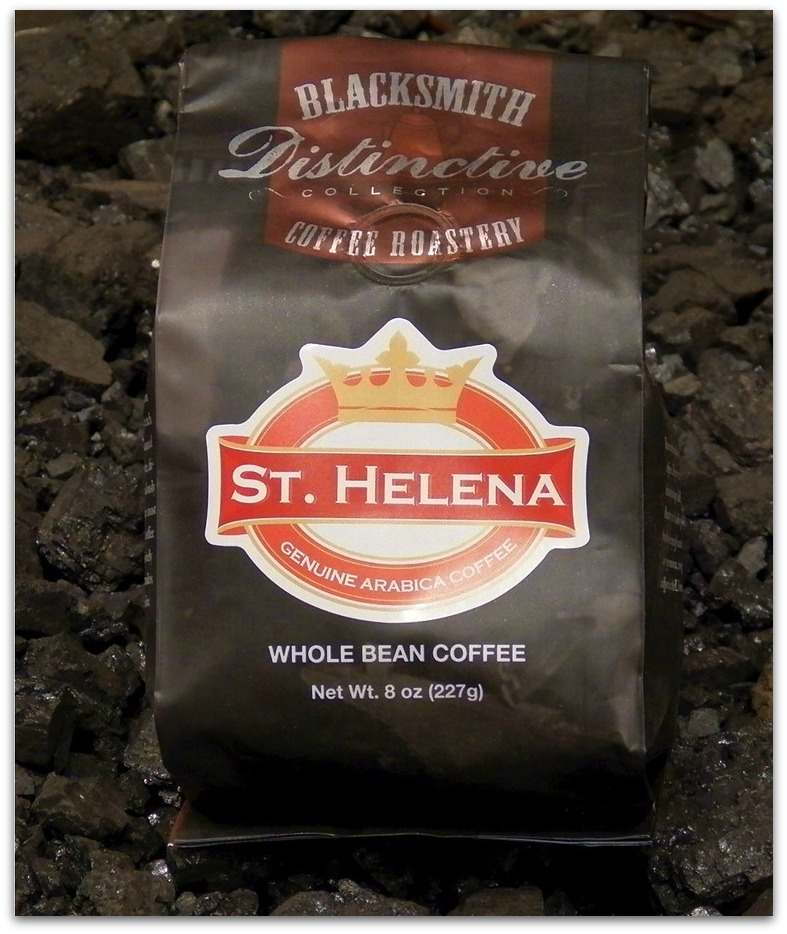The coffee shop in your neighborhood probably claims that it has the world’s best coffee but this island, where Napoleon was once exiled, supposedly offers the real deal. Getting your hands on a cup, however, could be pretty difficult.

About 85 years prior to his arrival, workers for the East India Company planted several Bourbon Arabica coffee plants from Yemen and they thrived despite the harsh conditions. These days, from a spot on the island that’s been dubbed the Bamboo Hedge Plantation, the plant’s ancestors continue to crank out what many people say is the best coffee on the planet.
One of the reasons why is due to Saint Helena’s extreme remoteness from the rest of the world. This has enabled the plants to retain their genetic heritage and not got mixed up with genes from a wider variety of coffee plants. They were abandoned for over 100 years before some local coffee lovers started tending to them again in the early 1990s. They eventually formed a small company to market the beans across Europe. Unfortunately, their efforts to get the beans to java junkies who don’t live on Saint Helena proved daunting. Despite being carried in shops in the U.K. (including Harrods), the coffee wasn’t a hit. The company went bust and Bamboo Hedge was once again abandoned. In 2009, local company Solomon & Co tried again, and nursed the plants back to health. Today they crank out as much as 1.5 tons a year. But they still face the problem of export: getting the coffee to the nearest foreign port requires a 10-day boat trip.
But those who have managed to drink the coffee from Bamboo Hedge say it’s unbelievably great and totally worth the effort to find a bag. That’s why independent coffee shops and java snobs from California to Europe are now clamoring to get their hands on the beans, which means their price tag keeps going up and up. At current prices, a mere 4.4 ounces will set you back around $33.








